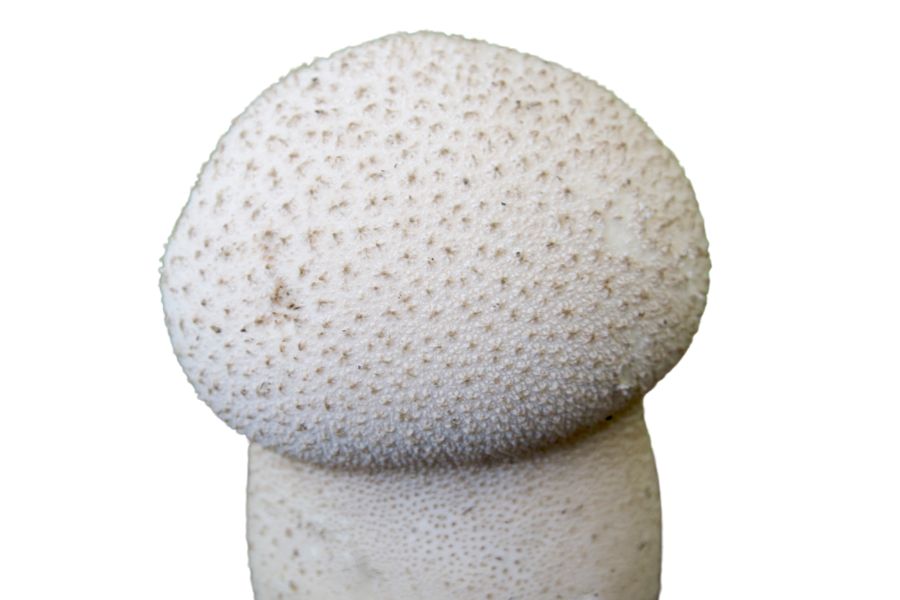South Dakota’s diverse landscape holds natural treasures you can collect and sell. The Black Hills contain morel mushrooms that restaurants eagerly purchase from foragers each spring. Many wild herbs grow in the eastern woodlands, making them popular with herbal medicine companies.
You might spot chokecherries along hiking trails throughout the state. These berries make popular jellies and wines that sell well at farmers’ markets. Elderberries also grow wild in moist areas and are sought after for their immune-boosting properties.
Learning to identify these plants takes practice. The forests near Spearfish Canyon offer prime hunting grounds in late spring. Summer brings abundant berries to the eastern river valleys, where careful foragers can fill baskets quickly.
Responsible foraging means taking only what you need. Leave plenty behind for wildlife and plant regrowth. With the right knowledge and respect for nature, South Dakota offers bountiful opportunities for those looking to forage valuable wild foods.
What We Cover In This Article:
- What Makes Foreageables Valuable
- Foraging Mistakes That Cost You Big Bucks
- The Most Valuable Forageables in the State
- Where to Find Valuable Forageables in the State
- When to Forage for Maximum Value
- The extensive local experience and understanding of our team
- Input from multiple local foragers and foraging groups
- The accessibility of the various locations
- Safety and potential hazards when collecting
- Private and public locations
- A desire to include locations for both experienced foragers and those who are just starting out
Using these weights we think we’ve put together the best list out there for just about any forager to be successful!
A Quick Reminder
Before we get into the specifics about where and how to find these plants and mushrooms, we want to be clear that before ingesting any wild plant or mushroom, it should be identified with 100% certainty as edible by someone qualified and experienced in mushroom and plant identification, such as a professional mycologist or an expert forager. Misidentification can lead to serious illness or death.
All plants and mushrooms have the potential to cause severe adverse reactions in certain individuals, even death. If you are consuming wild foragables, it is crucial to cook them thoroughly and properly and only eat a small portion to test for personal tolerance. Some people may have allergies or sensitivities to specific mushrooms and plants, even if they are considered safe for others.
The information provided in this article is for general informational and educational purposes only. Foraging involves inherent risks.
What Makes Foreageables Valuable
Some wild plants, mushrooms, and natural ingredients can be surprisingly valuable. Whether you’re selling them or using them at home, their worth often comes down to a few key things:
The Scarcer the Plant, the Higher the Demand
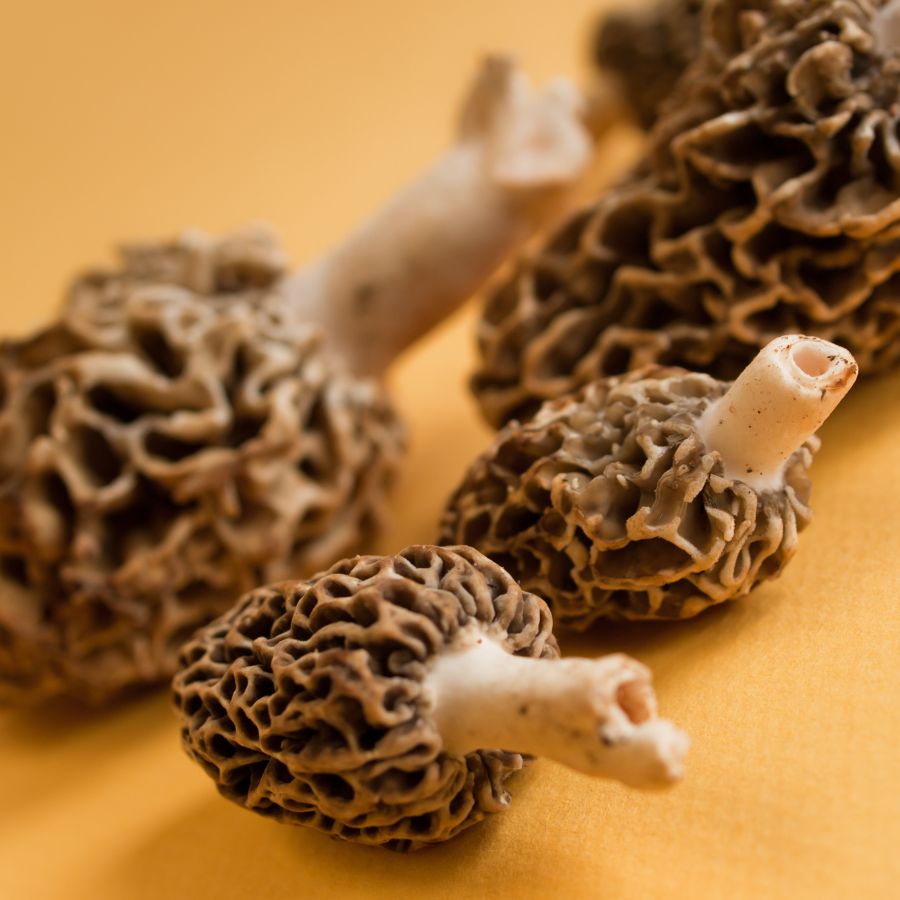
Some valuable forageables only show up for a short time each year, grow in hard-to-reach areas, or are very difficult to cultivate. That kind of rarity makes them harder to find and more expensive to buy.
Morels, truffles, and ramps are all good examples of this. They’re popular, but limited access and short growing seasons mean people are often willing to pay more.
A good seasonal foods guide can help you keep track of when high-value items appear.
High-End Dishes Boost the Value of Ingredients
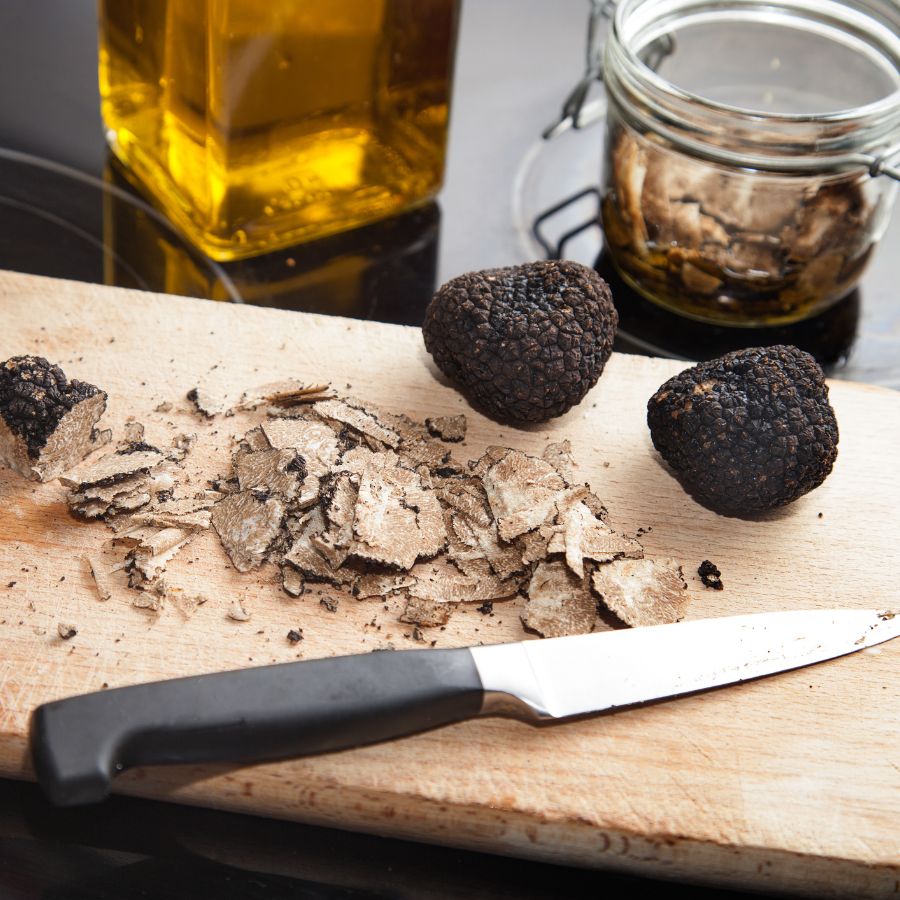
Wild ingredients that are hard to find in stores often catch the attention of chefs and home cooks. When something unique adds flavor or flair to a dish, it quickly becomes more valuable.
Truffles, wild leeks, and edible flowers are prized for how they taste and look on a plate. As more people try to include them in special meals, the demand—and the price—tends to rise.
You’ll find many of these among easy-to-identify wild mushrooms or herbs featured in fine dining.
Medicinal and Practical Uses Drive Forageable Prices Up
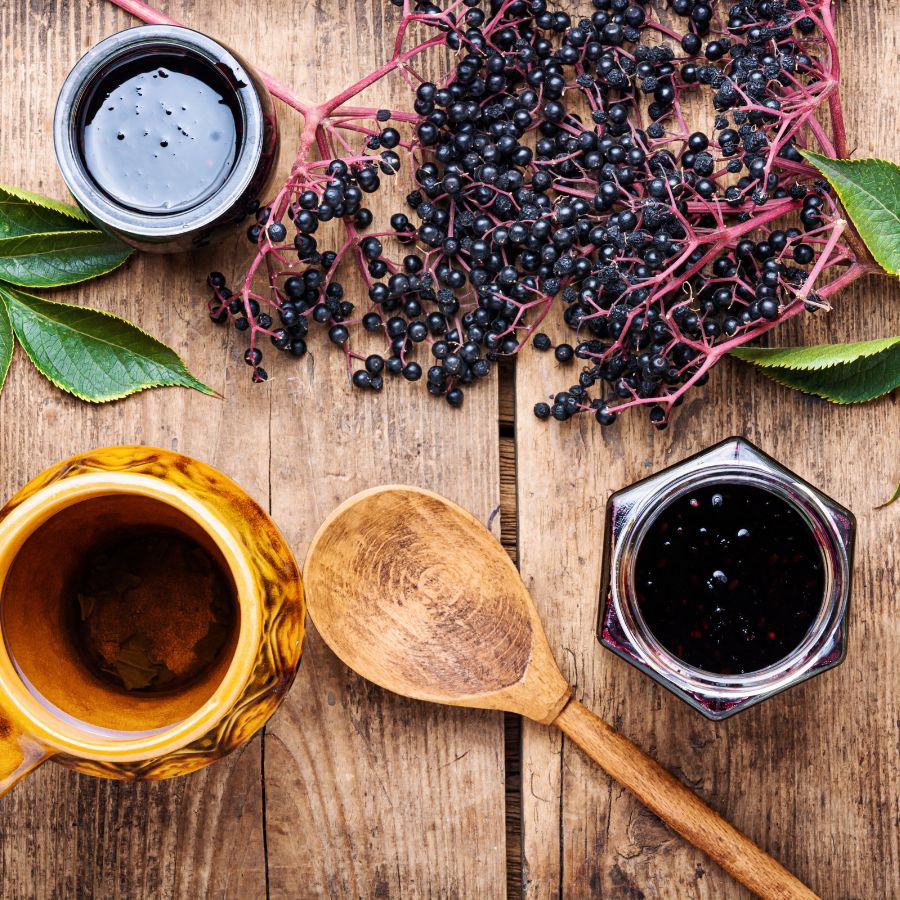
Plants like ginseng, goldenseal, and elderberries are often used in teas, tinctures, and home remedies. Their value comes from how they support wellness and are used repeatedly over time.
These plants are not just ingredients for cooking. Because people turn to them for ongoing use, the demand stays steady and the price stays high.
The More Work It Takes to Harvest, the More It’s Worth
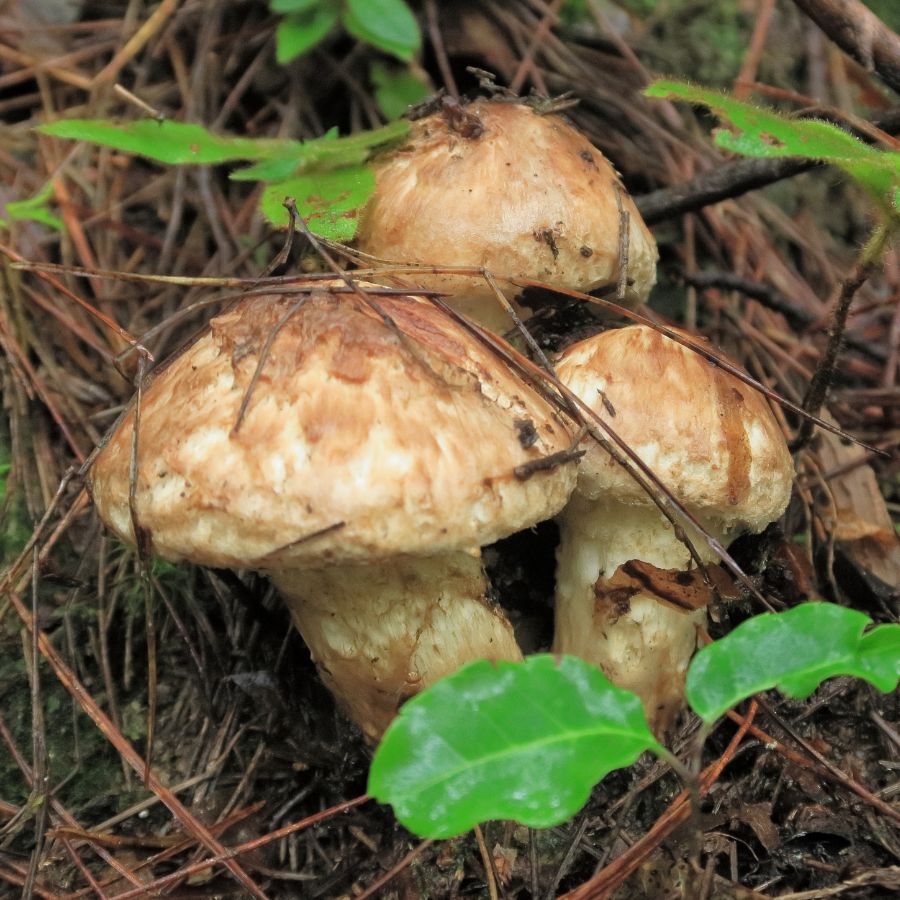
Forageables that are hard to reach or tricky to harvest often end up being more valuable. Some grow in dense forests, need careful digging, or have to be cleaned and prepared before use.
Matsutake mushrooms are a good example, because they grow in specific forest conditions and are hard to spot under layers of leaf litter. Wild ginger and black walnuts, meanwhile, both require extra steps for cleaning and preparation before they can be used or sold.
All of that takes time, effort, and experience. When something takes real work to gather safely, buyers are usually willing to pay more for it.
Foods That Keep Well Are More Valuable to Buyers
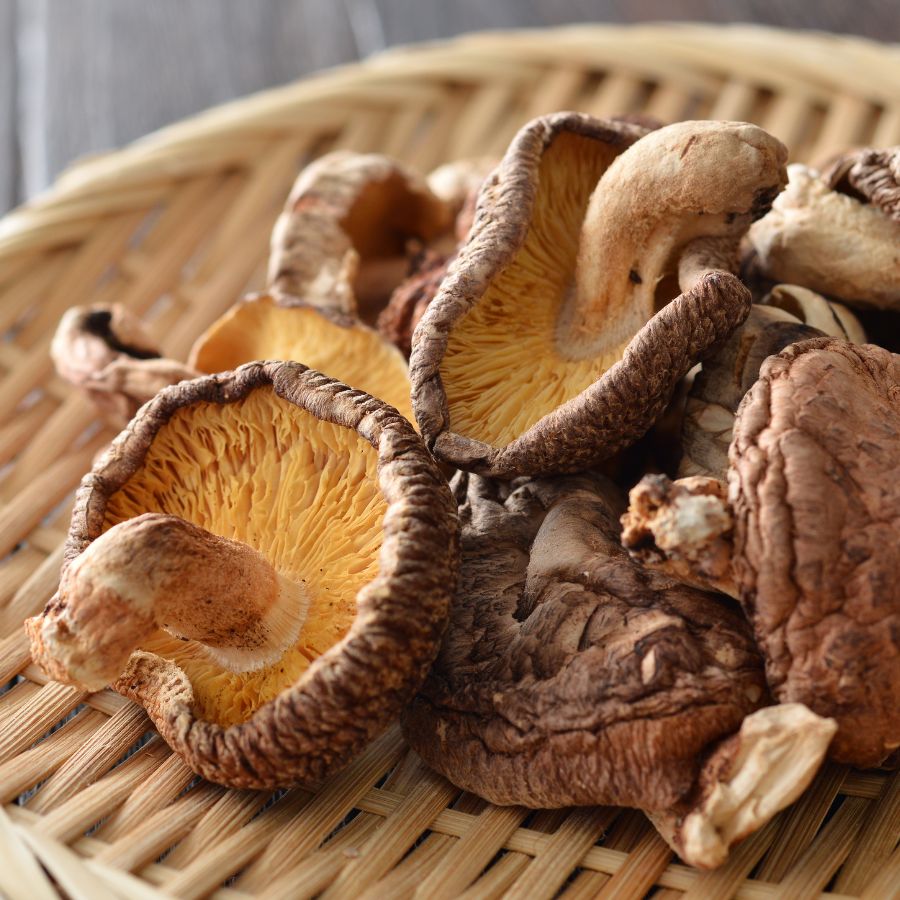
Some forageables, like dried morels or elderberries, can be stored for months without losing their value. These longer-lasting items are easier to sell and often bring in more money over time.
Others, like wild greens or edible flowers, have a short shelf life and need to be used quickly. Many easy-to-identify wild greens and herbs are best when fresh, but can be dried or preserved to extend their usefulness.
A Quick Reminder
Before we get into the specifics about where and how to find these mushrooms, we want to be clear that before ingesting any wild mushroom, it should be identified with 100% certainty as edible by someone qualified and experienced in mushroom identification, such as a professional mycologist or an expert forager. Misidentification of mushrooms can lead to serious illness or death.
All mushrooms have the potential to cause severe adverse reactions in certain individuals, even death. If you are consuming mushrooms, it is crucial to cook them thoroughly and properly and only eat a small portion to test for personal tolerance. Some people may have allergies or sensitivities to specific mushrooms, even if they are considered safe for others.
The information provided in this article is for general informational and educational purposes only. Foraging for wild mushrooms involves inherent risks.
Foraging Mistakes That Cost You Big Bucks
When you’re foraging for high-value plants, mushrooms, or other wild ingredients, every decision matters. Whether you’re selling at a farmers market or stocking your own pantry, simple mistakes can make your harvest less valuable or even completely worthless.
Harvesting at the Wrong Time
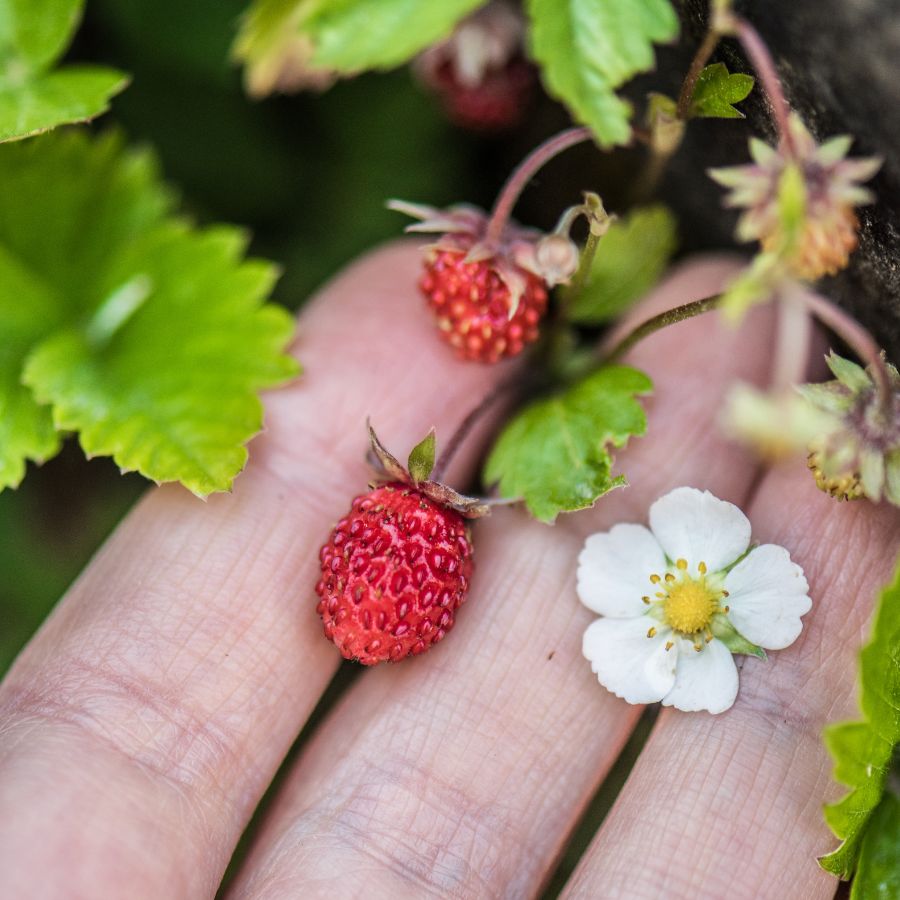
Harvesting at the wrong time can turn a valuable find into something no one wants. Plants and mushrooms have a short window when they’re at their best, and missing it means losing quality.
Morels, for example, shrink and dry out quickly once they mature, which lowers their weight and price. Overripe berries bruise in the basket and spoil fast, making them hard to store or sell.
Improper Handling After Harvest
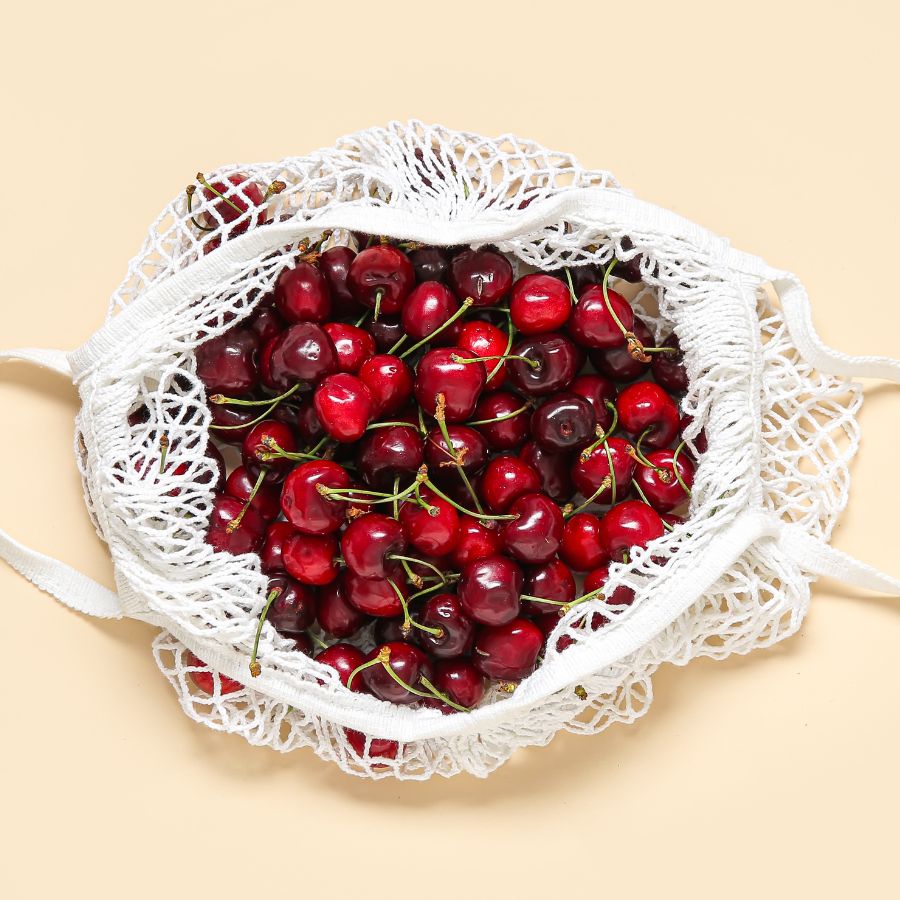
Rough handling can ruin even the most valuable forageables. Crushed mushrooms, wilted greens, and dirty roots lose both their appeal and their price.
Use baskets or mesh bags to keep things from getting smashed and let air circulate. Keeping everything cool and clean helps your harvest stay fresh and look better for longer.
This is especially important for delicate items like wild roots and tubers that need to stay clean and intact.
Skipping Processing Steps
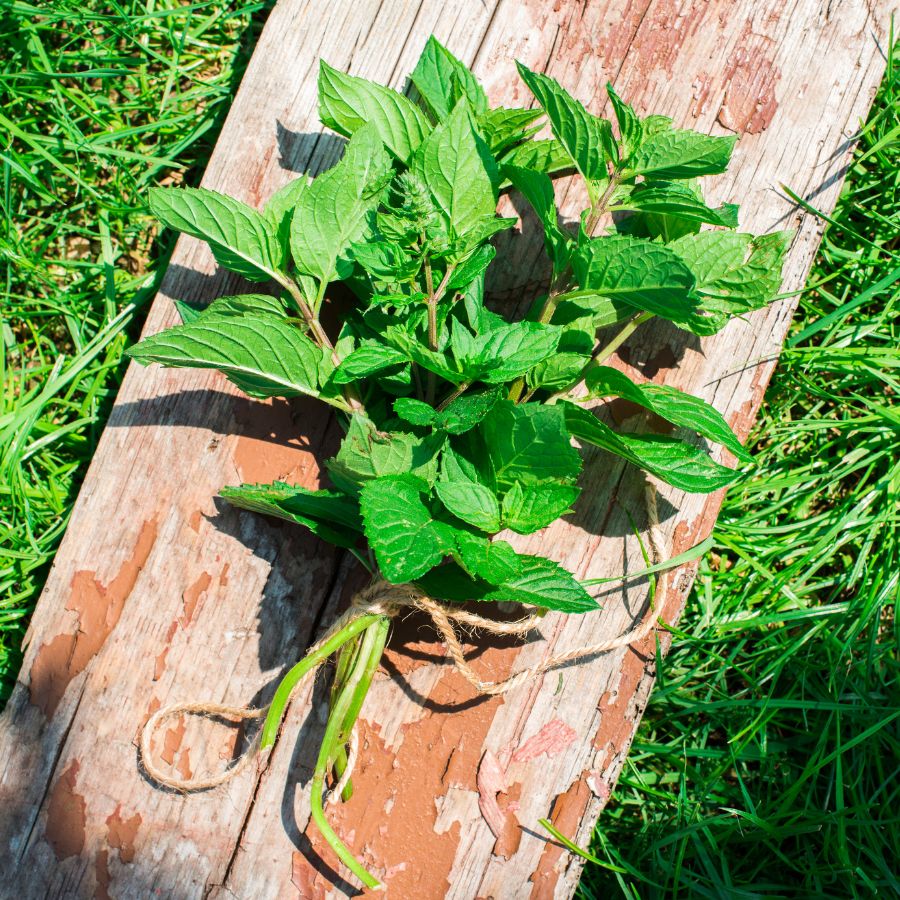
Skipping basic processing steps can cost you money. A raw harvest may look messy, spoil faster, or be harder to use.
For example, chaga is much more valuable when dried and cut properly. Herbs like wild mint or nettle often sell better when bundled neatly or partially dried. If you skip these steps, you may end up with something that looks unappealing or spoils quickly.
Collecting from the Wrong Area
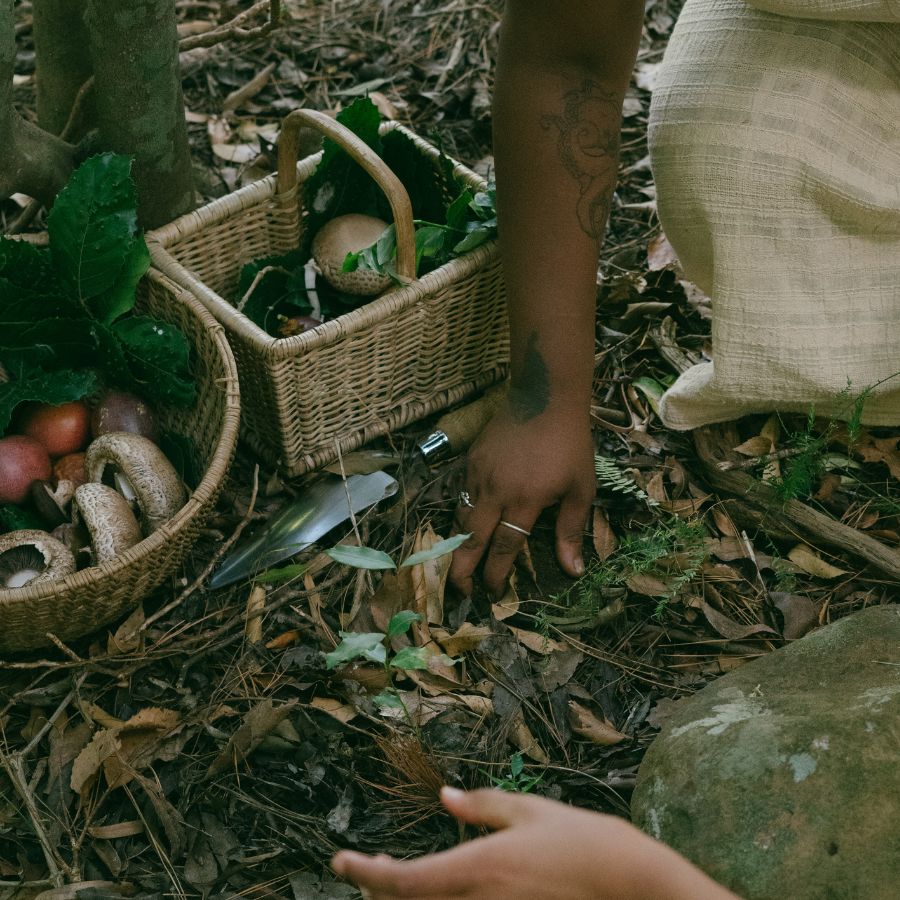
Harvesting in the wrong place can ruin a good find. Plants and mushrooms pulled from roadsides or polluted ground may be unsafe, no matter how fresh they look.
Buyers want to know their food comes from clean, responsible sources. If a spot is known for overharvesting or damage, it can make the whole batch less appealing.
These suburbia foraging tips can help you find overlooked spots that are surprisingly safe and productive.
Not Knowing the Market
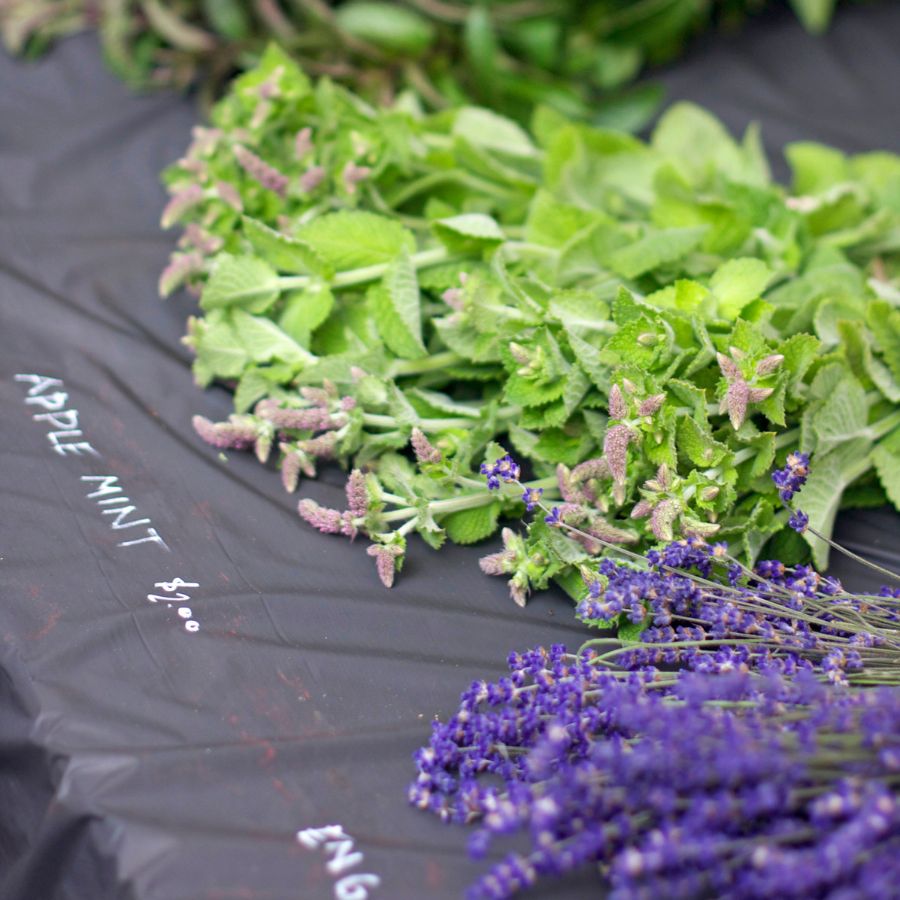
A rare plant isn’t valuable if nobody wants to buy it. If you gather in-demand species like wild ramps or black trumpets, you’re more likely to make a profit. Pay attention to what chefs, herbalists, or vendors are actually looking for.
Foraging with no plan leads to wasted effort and unsold stock. Keeping up with demand helps you bring home a profit instead of a pile of leftovers.
You can also brush up on foraging for survival strategies to identify the most versatile and useful wild foods.
Before you head out
Before embarking on any foraging activities, it is essential to understand and follow local laws and guidelines. Always confirm that you have permission to access any land and obtain permission from landowners if you are foraging on private property. Trespassing or foraging without permission is illegal and disrespectful.
For public lands, familiarize yourself with the foraging regulations, as some areas may restrict or prohibit the collection of mushrooms or other wild foods. These regulations and laws are frequently changing so always verify them before heading out to hunt. What we have listed below may be out of date and inaccurate as a result.
The Most Valuable Forageables in the State
Some of the most sought-after wild plants and fungi here can be surprisingly valuable. Whether you’re foraging for profit or personal use, these are the ones worth paying attention to:
Cattail (Typha latifolia)
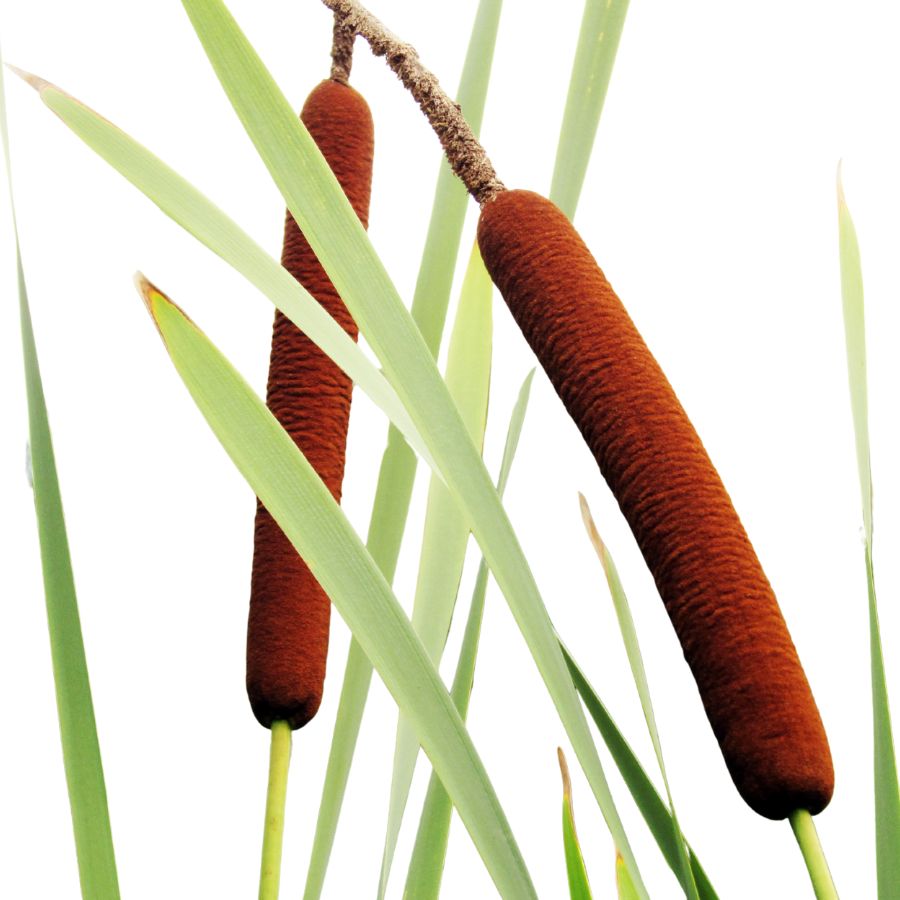
Cattails, often called bulrushes or corn dog grass, are easy to spot with their tall green stalks and brown, sausage-shaped flower heads. They grow thickly along the edges of ponds, lakes, and marshes, forming dense stands that are hard to miss.
Almost every part of the cattail is edible, including the young shoots, flower heads, and starchy rhizomes. You can eat the tender shoots raw, boil the flower heads like corn on the cob, or grind the rhizomes into flour for baking.
Besides food, cattails have long been used for making mats, baskets, and even insulation by weaving the dried leaves and using the fluffy seeds. Their combination of usefulness and abundance has made them an important survival plant for many cultures.
One thing you need to watch for is young cattail shoots being confused with similar-looking plants like iris, which are toxic. A real cattail shoot will have a mild cucumber-like smell when you snap it open, while iris plants smell bitter or unpleasant.
Chicken of the Woods (Laetiporus sulphureus)
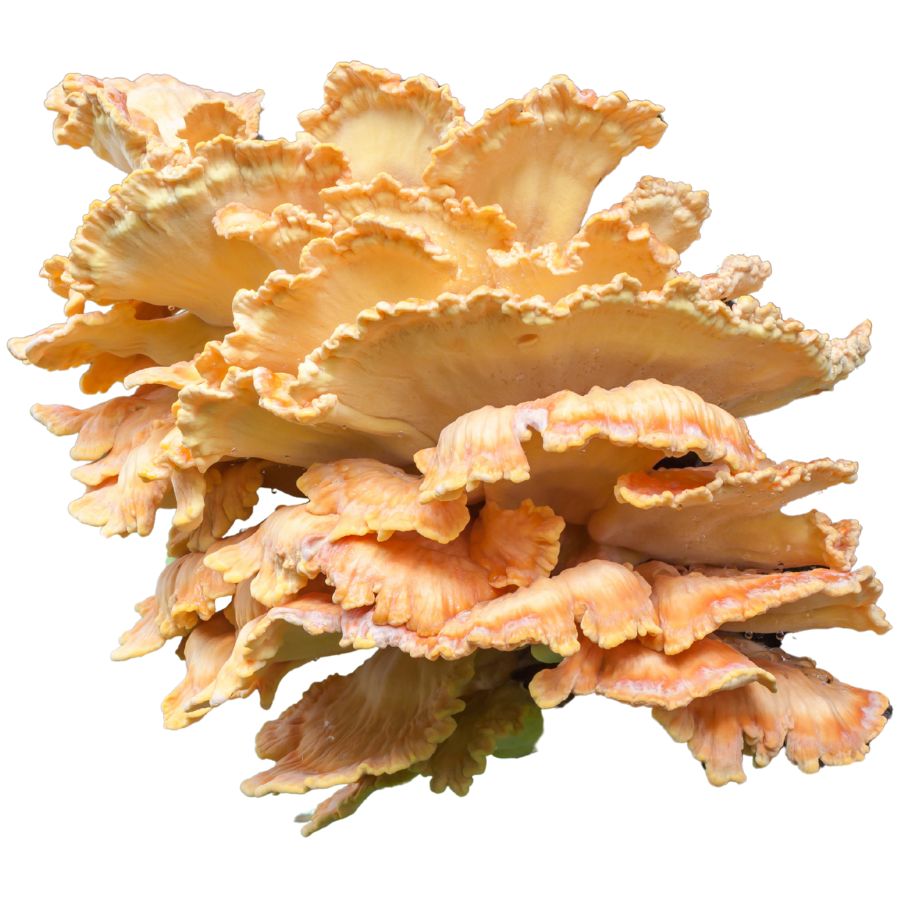
Chicken of the Woods mushrooms grow as bright orange shelves stacked on tree trunks and stumps. The color ranges from yellow to orange, making them easy to spot in the forest. They have a soft underside with tiny pores instead of gills.
Young mushrooms have a juicy, meaty texture when cooked. Many people think they taste like chicken! This makes them popular for vegetarian cooking.
Always cook this mushroom thoroughly before eating. Raw mushrooms can cause stomach upset in some people.
Avoid any Chicken of the Woods growing on conifers or eucalyptus trees, as these can contain harmful substances. Look for them mainly on oak trees.
The mushroom is best when the edges are still soft and brightly colored. Older specimens become tough and less tasty. Always be sure of your identification before eating any wild mushroom.
Oyster Mushrooms (Pleurotus ostreatus)
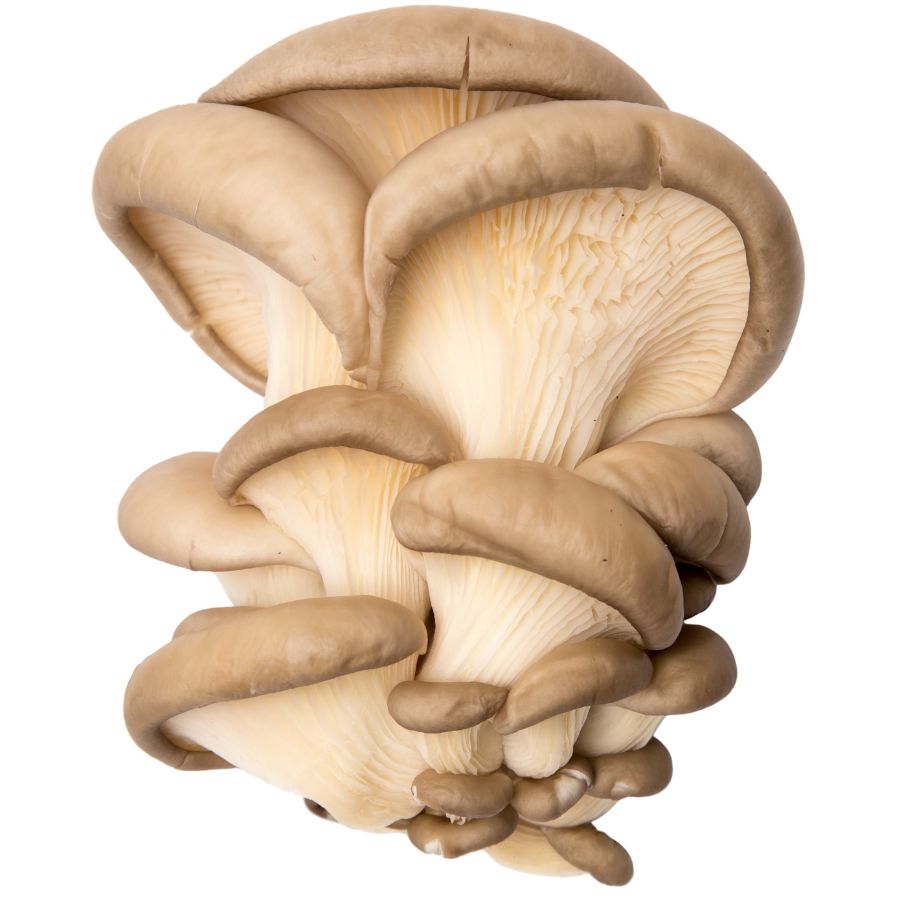
Oyster mushrooms help break down dead trees, returning nutrients to the forest. Their soft caps grow in groups that look like stacked shells, with colors from white to gray to brown. They have a mild, pleasant smell and soft texture.
These mushrooms have gills that run down their short stems. The gills are white to gray and close together. The cap edges often curl under when young.
You can find oysters growing on dead or dying hardwood trees, especially after rain. They often appear in fall and spring in most areas.
The entire mushroom is edible except for the very tough stem base. They cook quickly and shrink quite a bit during cooking.
Be careful not to mix them up with look-alikes. Angel Wing mushrooms look similar but grow on conifer wood and are thinner. Oyster mushrooms are great for beginners because they’re relatively easy to identify and tasty.
Jerusalem Artichoke (Helianthus tuberosus)
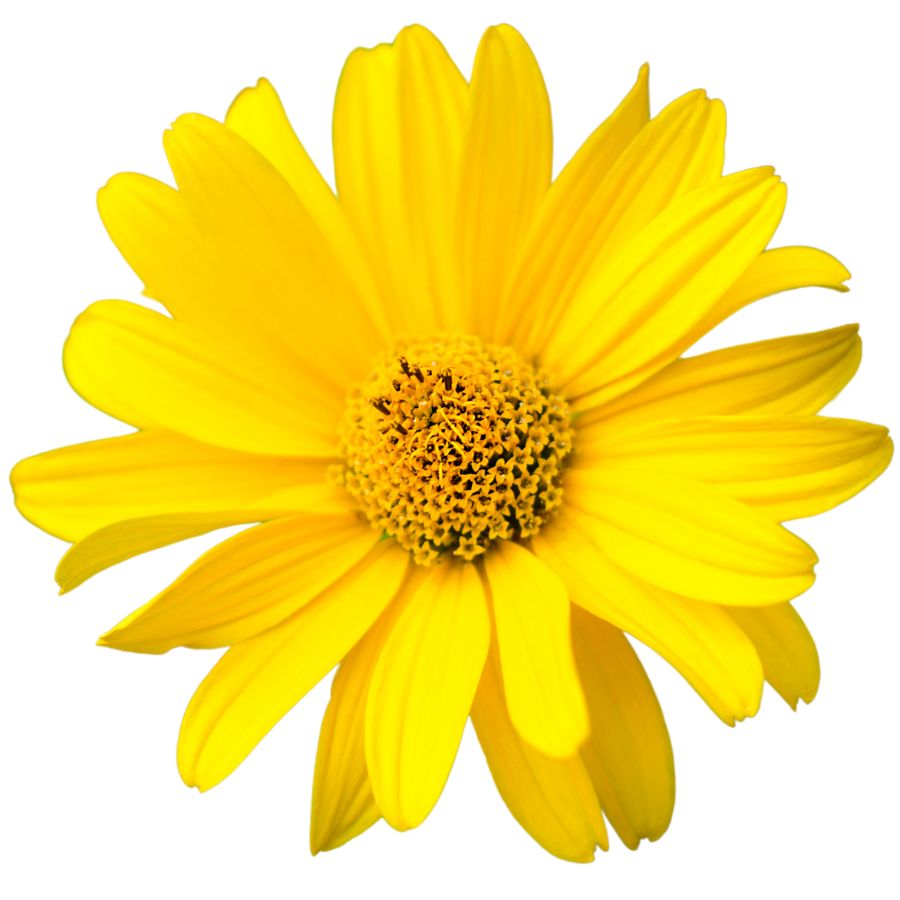
Jerusalem artichoke grows tall with sunflower-like blooms and has knobby underground tubers. The tubers are tan or reddish and look a bit like ginger root, though they belong to the sunflower family.
The part you’re after is the tuber, which has a nutty, slightly sweet flavor and a crisp texture when raw. You can roast, sauté, boil, or mash them like potatoes, and they hold their shape well in soups and stir-fries.
Some people experience gas or bloating after eating sunchokes due to the inulin they contain, so it’s a good idea to try a small amount first. Cooking them thoroughly can help reduce the chances of digestive discomfort.
Sunchokes don’t have many dangerous lookalikes, but it’s important not to confuse the plant with other sunflower relatives that don’t produce tubers. The above-ground part resembles a small sunflower, but it’s the knotted, underground tubers that are worth digging up.
Groundnut (Apios americana)

Groundnut is also called potato bean or Indian potato, and it grows as a climbing vine with clusters of pinkish-purple flowers. The part most people go for is the underground tuber, which looks a bit like a small, knobby chain of beads.
The flavor is richer than a regular potato, with a nutty, earthy taste and a dense, almost chestnut-like texture when cooked. It holds up well in soups and stews, or you can boil and mash it like a root vegetable.
Some people slice it thin and roast it until crisp, while others slow-cook it to bring out a sweeter taste. The vine also produces beans, but the root is what’s usually eaten.
There are a few vines that resemble groundnut, but many of those don’t have the same distinctive flower clusters or tend to lack the beadlike roots. Always make sure you’re digging up the right plant before cooking it.
Wild Salsify (Tragopogon dubius)
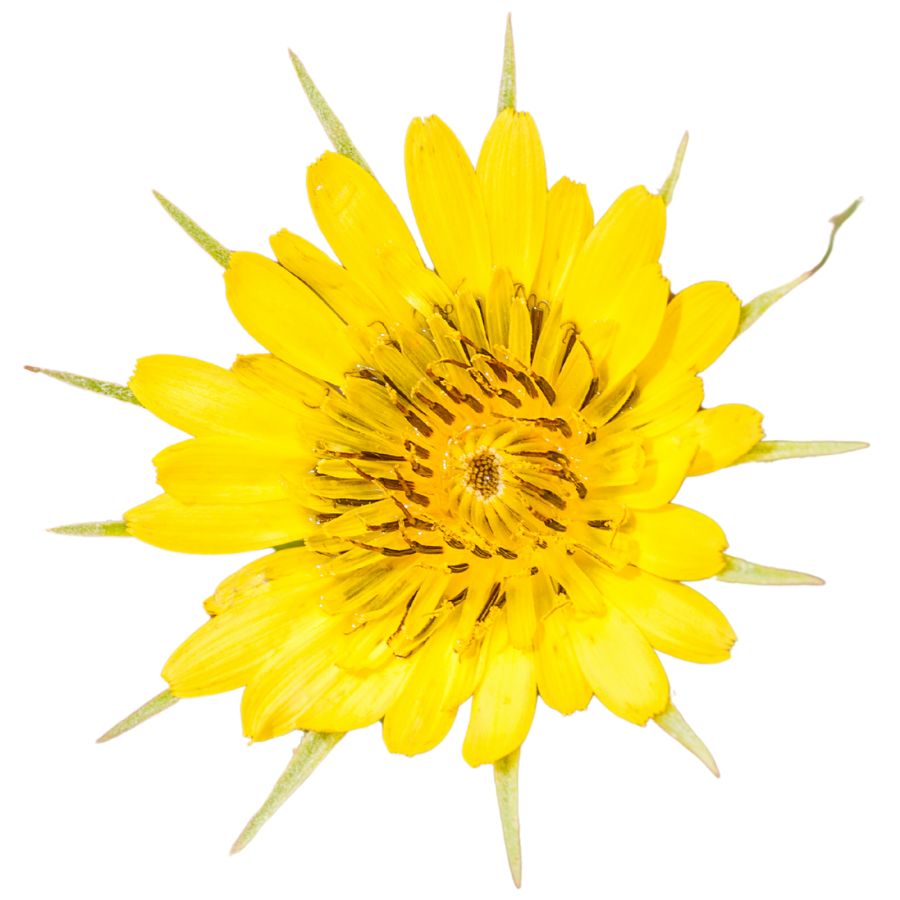
Wild salsify has a large puffball seed head that resembles a dandelion but is much bigger, and its flower has sharp, pointed petals. You’ll usually see a single stem with long, narrow leaves that run directly along the stalk without branching.
The thick taproot is the main edible part and is often peeled and cooked like a vegetable—its flavor is mild with a hint of oyster and nuttiness. Some people ferment or pickle the root to preserve it.
You can also eat the flower buds before they open, and the stems can be peeled and steamed for a tender, slightly sweet bite. The root becomes stringy if you let it age too long before harvesting.
Don’t confuse it with wild lettuce or sow thistle, which have similar leaves but don’t form the same large spherical seed head and usually grow more branched stems. Unlike those, yellow salsify has a distinct single flower per stem and smoother, less bitter leaves.
Puffball Mushrooms (Calvatia spp.)
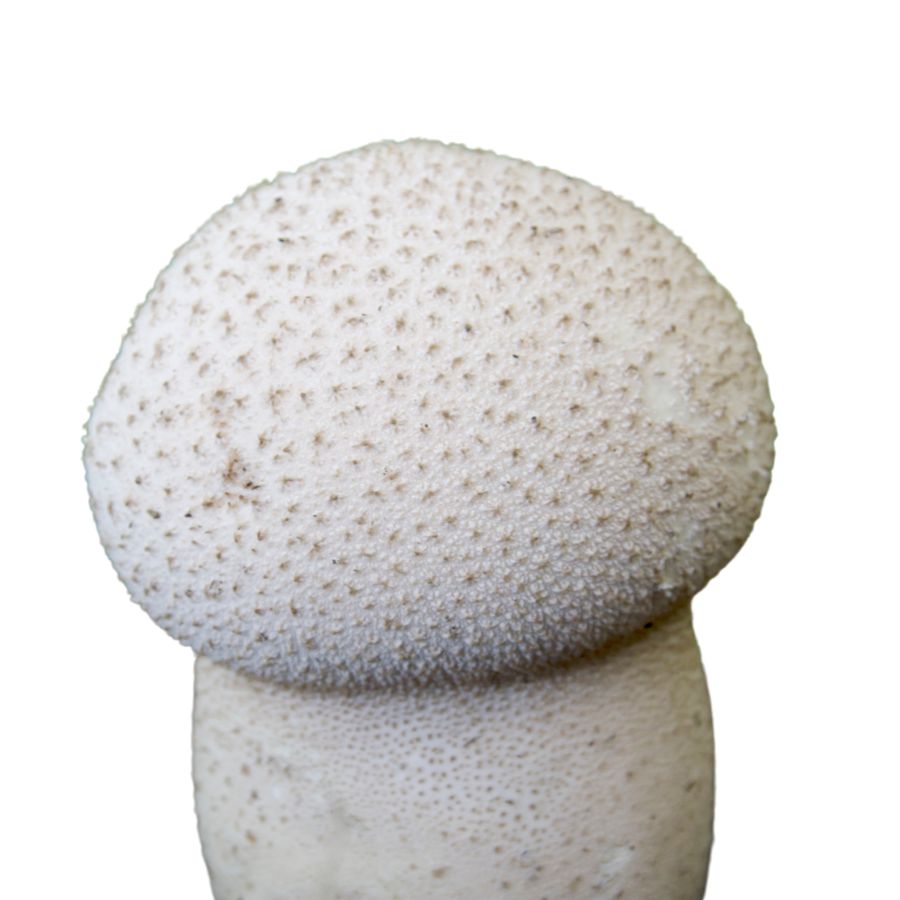
Giant puffballs can grow bigger than a basketball, looking like white balls on the forest floor. These mushrooms have no gills, caps, or stems – just a round, white structure. Smaller puffball species are about the size of golf balls.
When cut open, good puffballs show solid white flesh that looks like bread dough. This white interior is a key identification feature.
Always cut puffballs from top to bottom before cooking. If you see any shape of a developing mushroom inside, throw it away immediately. This could be a dangerous Amanita mushroom in its egg stage.
Only eat specimens with pure white interiors. Once the inside turns yellow or green, the puffball is too old to eat.
Puffballs are perfect for slicing and frying in butter. Their mild flavor works well with many seasonings. When cooked right, they have a texture similar to tofu or marshmallow.
Wild Bergamot (Monarda fistulosa)
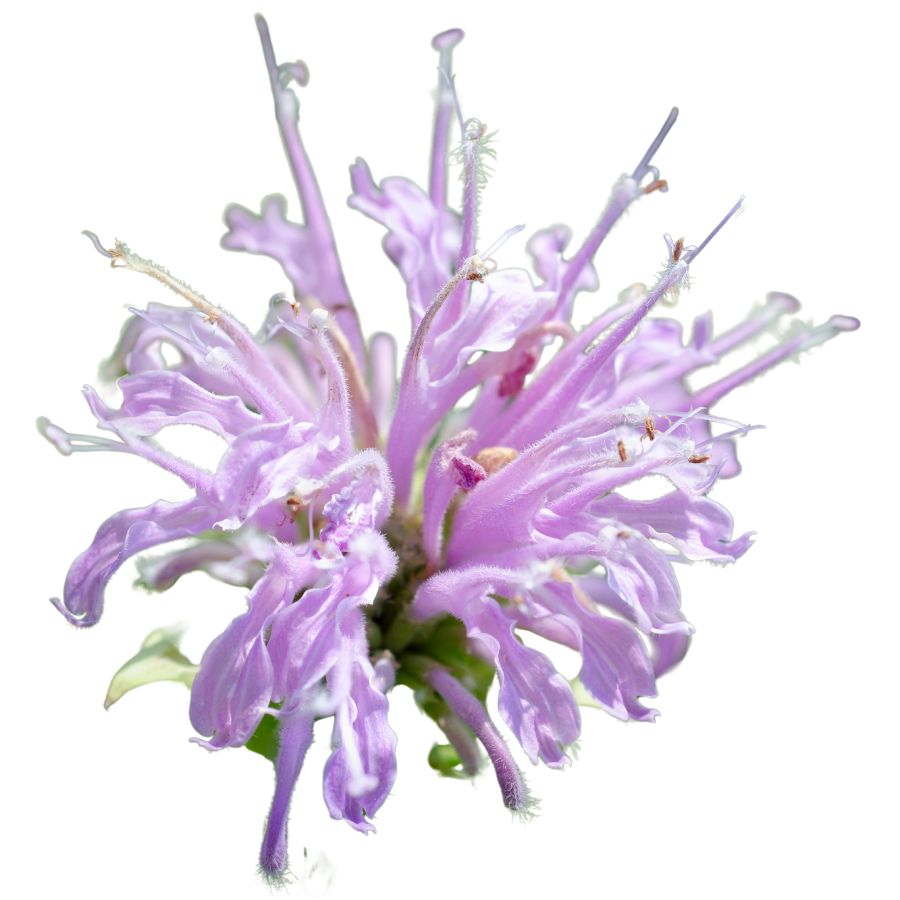
Wild bergamot has clusters of lavender-colored flowers and opposite leaves that smell like thyme when crushed. Its flavor leans herbal and minty, with a little bitterness that works well in marinades.
The flower heads are shaggy and irregular, and the plant’s square stem helps tell it apart from lookalikes like spotted horsemint.
In recipes, it’s most often dried and steeped or blended into herb mixes.
Both leaves and petals can be eaten, though most people avoid the stems. Don’t eat it in large amounts raw—it’s strong and can be overpowering.
It’s related to mint, and that shows in how fast the flavor develops when heat is applied. You’ll get the most aroma if you bruise the leaves before using them.
Meadow Garlic (Allium canadense)
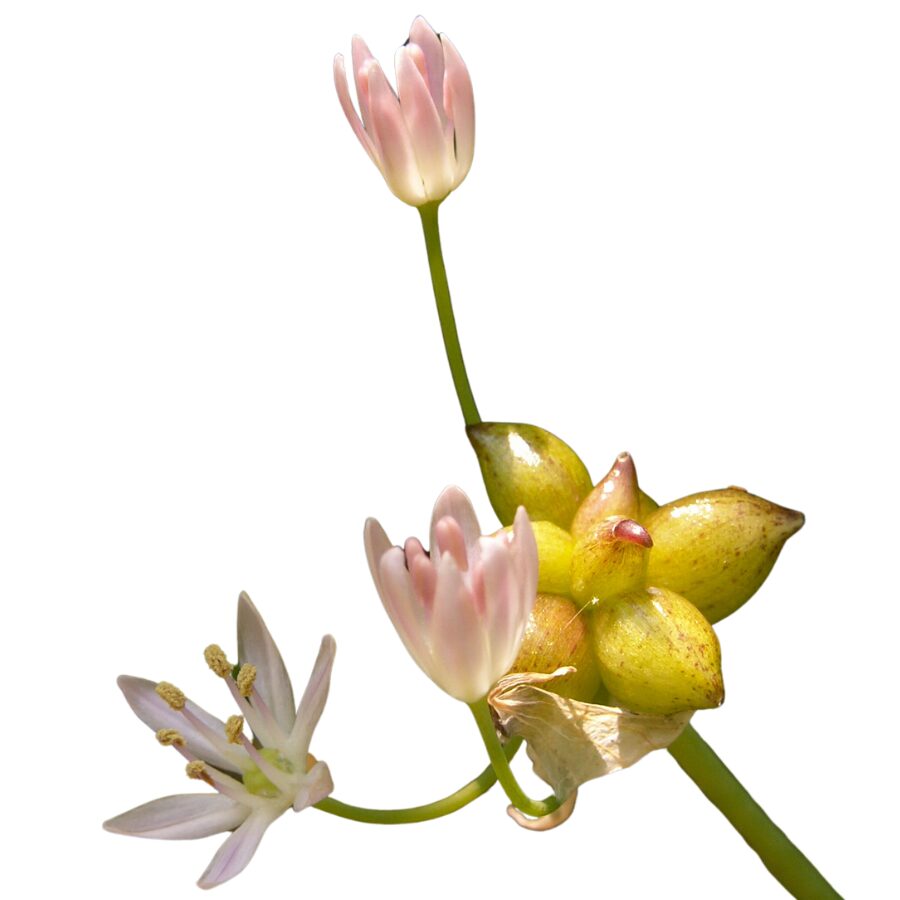
Meadow garlic, also called wild onion or wild garlic, grows in clumps with slender hollow leaves and small pink or white flowers. You’ll recognize it by the onion scent released when you bruise the stems or dig into the bulb.
The edible parts include the bulbs, stems, leaves, and flowers, all of which have a mild onion flavor and crisp texture. Cook them as you would scallions—sautéed, grilled, or tossed raw into salads.
False garlic, or crow poison, looks similar but lacks the onion smell and can be toxic if eaten. Always crush the plant before harvesting—no onion scent means don’t eat it.
Many people pickle the bulbs or chop the greens for compound butters and dips. Be cautious where you forage it though, as plants growing near roadsides or sprayed areas can absorb contaminants.
Common Milkweed (Asclepias syriaca)
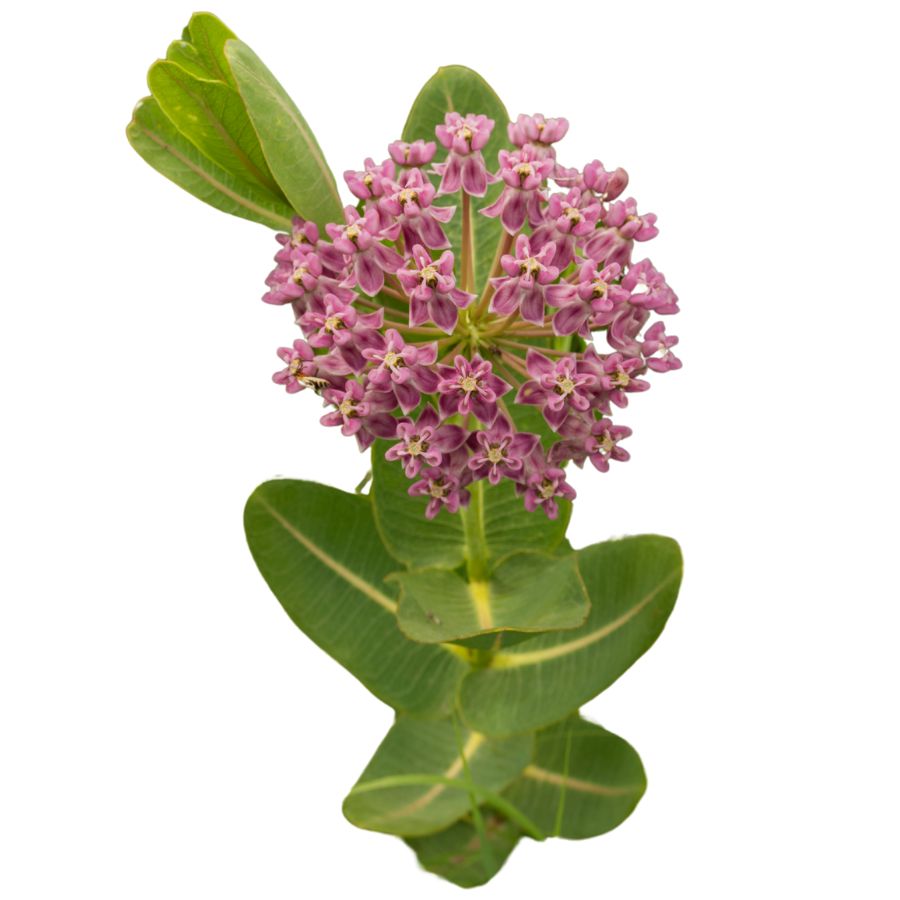
Known for its thick stems, broad leaves, and clusters of pinkish-purple flowers, common milkweed is sometimes called silkweed or butterfly flower. When you snap a stem or leaf, it releases a milky sap that helps you tell it apart from other plants that can be harmful.
If you want to try it in the kitchen, focus on gathering the young shoots, the tightly closed flower buds, and the small, immature pods. These parts have a mild, slightly sweet flavor when cooked, and their soft texture makes them a good addition to soups, sautés, and fritters.
Getting it ready to eat takes a little care, since boiling the plant parts in several changes of water helps remove bitterness and unwanted compounds. Some people also like to steam the buds or fry the pods lightly to bring out their best taste.
Although monarch caterpillars rely on this plant for survival, it has a long history of being used by people as well. Watch out for lookalikes like dogbane, though, since they share the same milky sap but are dangerously toxic if eaten.
Indian Breadroot (Psoralea esculenta)
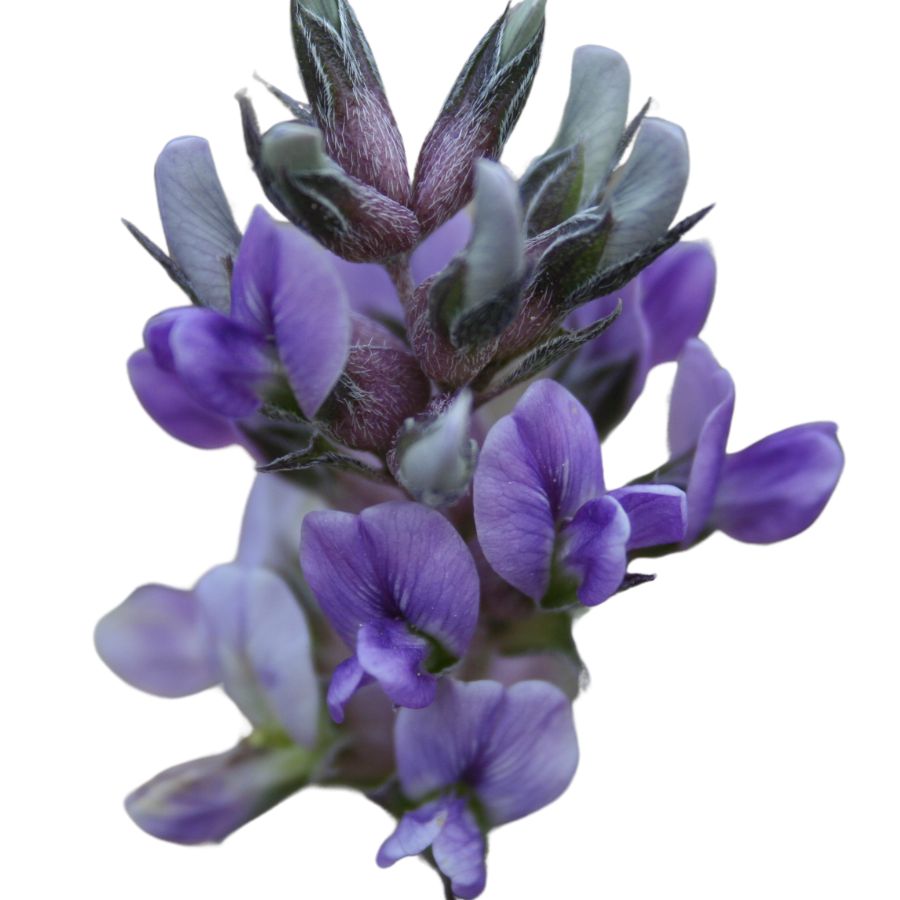
Native Americans carried dried Indian Breadroot on long journeys as survival food. This prairie plant grows nutritious underground tubers that can feed people during hard times. Many tribes had special tools just for digging these roots.
The plant stands about knee-high with divided leaves and purple-blue flowers on tall stems. It grows in open prairie areas with good drainage.
Underground, the starchy tubers have a rough, dark exterior covering white flesh inside. Each plant usually produces one main tuber about the size of a small potato.
These roots can be eaten raw, but taste much better when cooked. Boiling, roasting, or drying are common preparation methods. The dried roots can be ground into flour that lasts for years.
Finding Indian Breadroot today means looking in undisturbed prairie habitats. Respectful harvesters often replant the growing tip so the plant can regrow for future years.
Wild Grape Leaves (Vitis riparia)
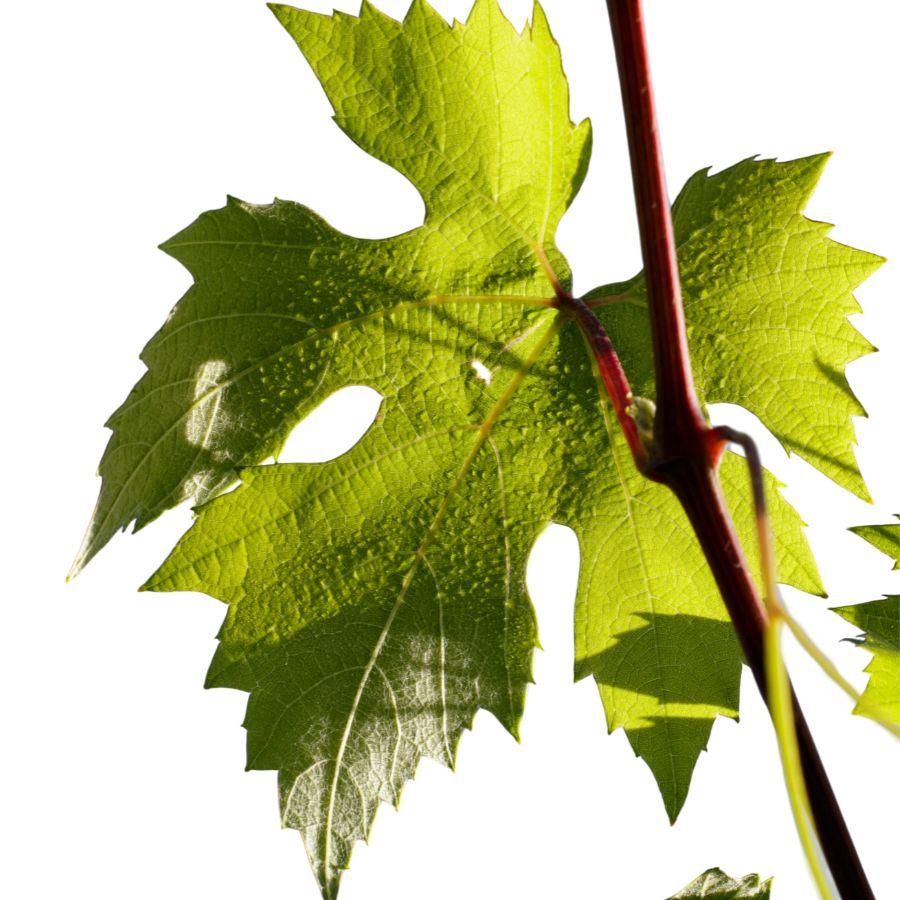
Wild grape leaves have been used in cooking for thousands of years. The vines climb using curly tendrils, growing up trees along rivers and forest edges. In early summer, tiny grape flowers produce a sweet smell that fills the air.
The leaves are heart-shaped with pointed lobes and toothed edges. They have clear vein patterns that make them easy to identify once you know what to look for.
Collect young leaves in spring when they’re still tender and about as big as your hand. Older leaves become tough and bitter, making them unpleasant to eat.
Wild grape leaves work best as wrappers for stuffed foods. First, soak them in hot water to make them flexible and remove any bitterness. Then fill them with rice, herbs, or meat mixtures.
Always gather from clean areas away from roads or sprayed fields. The same vines will produce small, tart grapes later in the season that make excellent jelly.
Cup Plant (Silphium perfoliatum)
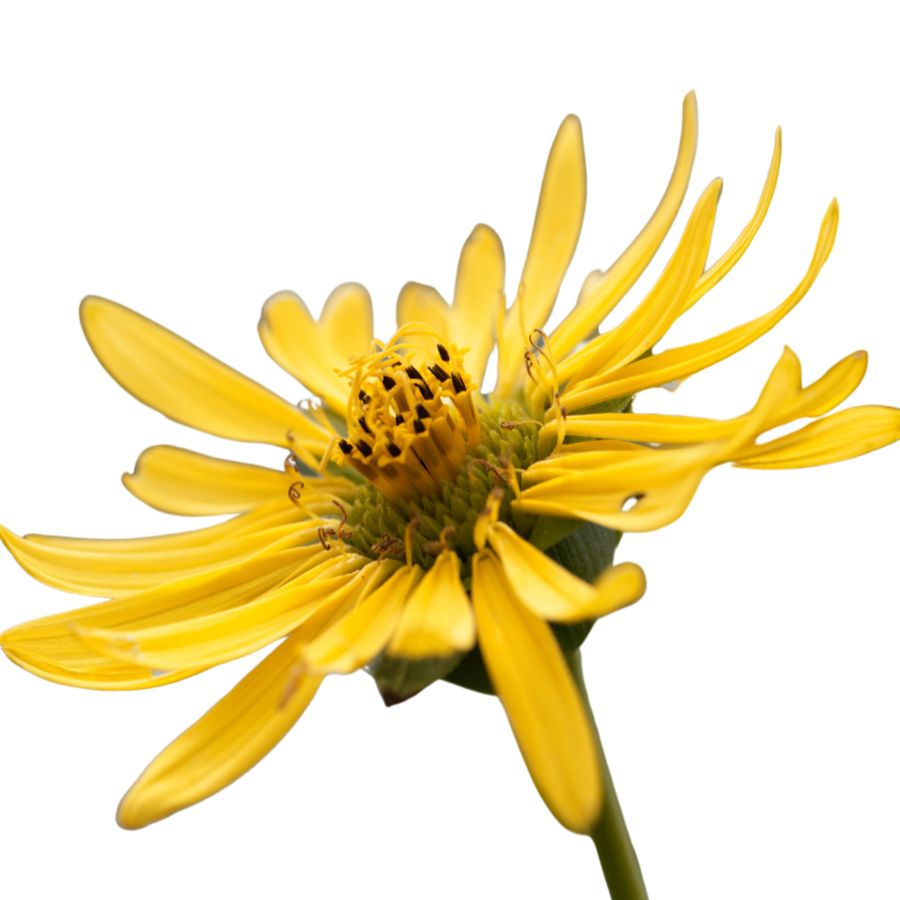
Cup plants stand tall in open meadows, reaching heights of 8 feet with square stems and paired leaves that join at the stem to form water-collecting cups. These natural water dishes attract birds and insects to the plant.
The bright yellow sunflower-like blooms appear in mid-summer, making the plant easy to spot in fields.
The young leaves and shoots can be harvested in spring when they’re tender. These parts taste similar to mild artichokes when cooked properly.
Indigenous peoples used cup plant roots to make medicinal tea for liver support and digestion.
When foraging, look for the distinctive cup-shaped leaf bases and square stems. Cup plant has few dangerous lookalikes.
The leaves become bitter as they mature, so collect them early. Many foragers value this plant for both food and medicine.
Lamb’s Quarters (Chenopodium album)
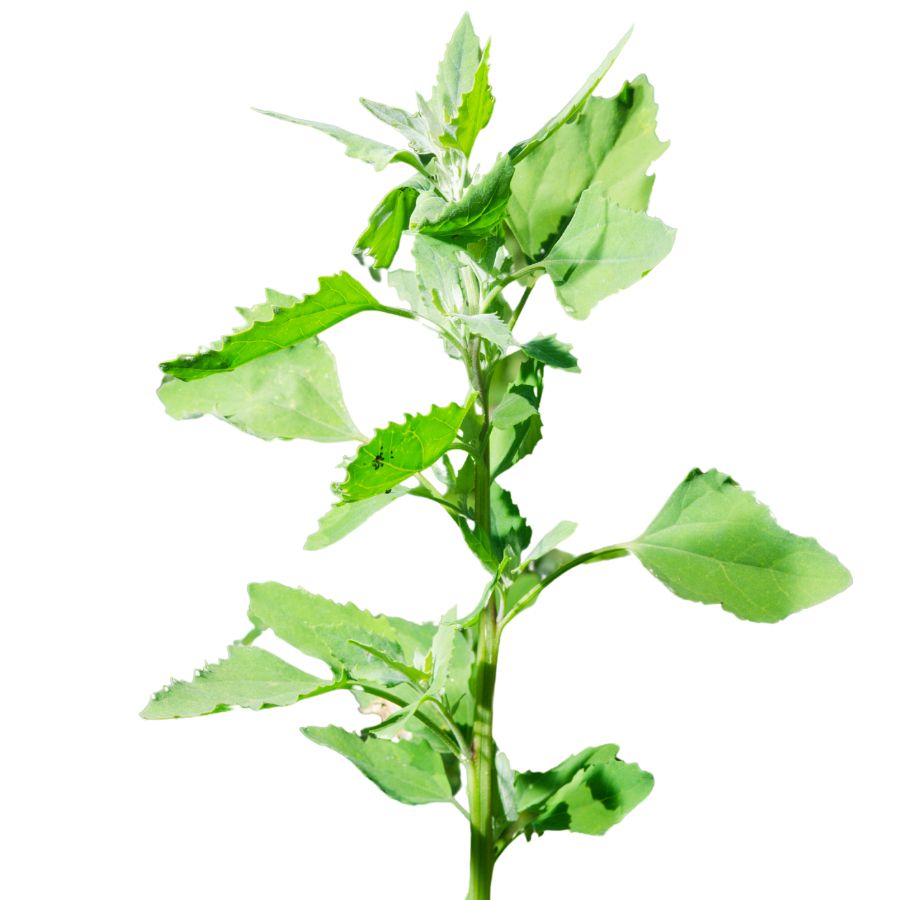
Lamb’s quarters, also called wild spinach and pigweed, has soft green leaves that often look dusted with a white, powdery coating. The leaves are shaped a little like goose feet, with slightly jagged edges and a smooth underside that feels almost velvety when you touch it.
A few plants can be confused with lamb’s quarters, like some types of nightshade, but true lamb’s quarters never have berries and its leaves are usually coated in that distinctive white bloom. Always check that the stems are grooved and not round and smooth like the poisonous lookalikes.
When you taste lamb’s quarters, you will notice it has a mild, slightly nutty flavor that gets richer when cooked. The young leaves, tender stems, and even the seeds are all edible, but you should avoid eating the older stems because they become tough and stringy.
People often sauté lamb’s quarters like spinach, blend it into smoothies, or dry the leaves for later use in soups and stews. It is also rich in oxalates, so you will want to cook it before eating large amounts to avoid any problems.
Curly Dock (Rumex crispus)
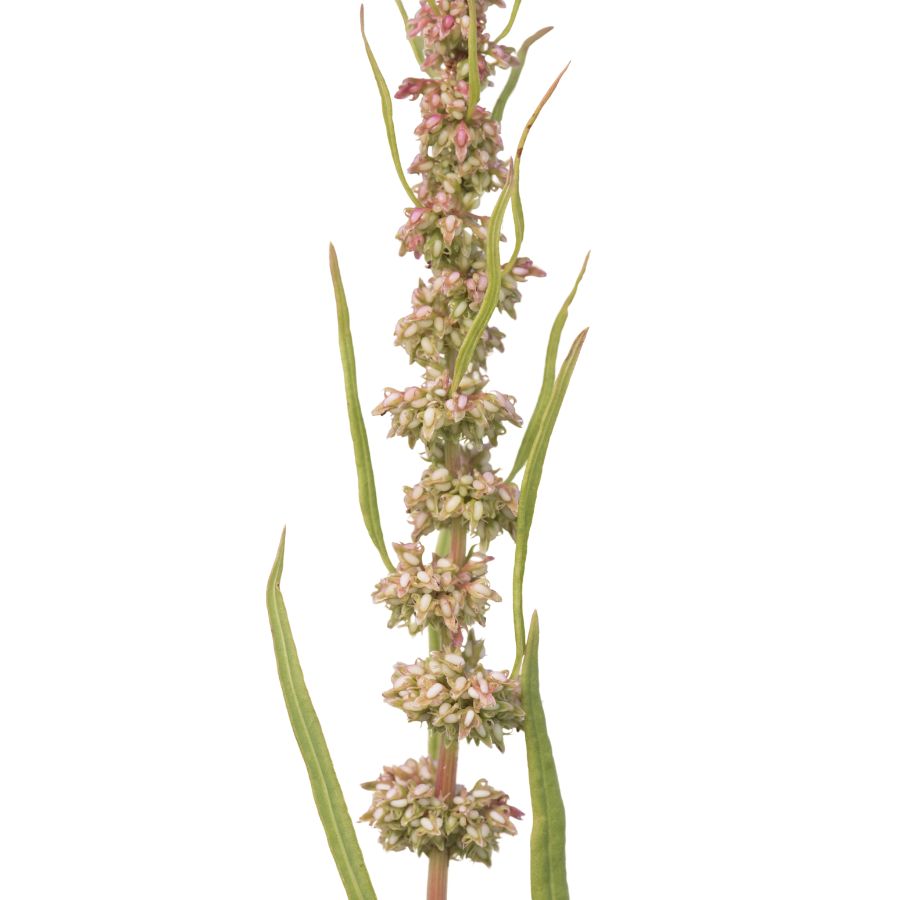
Curly dock, sometimes called yellow dock, is easy to spot once you know what to look for. It has long, wavy-edged leaves that form a rosette at the base, with tall stalks that eventually turn rusty brown as seeds mature.
The young leaves are edible and often cooked to mellow out their sharp, lemony taste, which can be too strong when eaten raw. You can also dry and powder the seeds to use as a flour supplement, although they are tiny and take some effort to prepare.
Curly dock has some lookalikes, like other types of dock and sorrel, but its heavily crinkled leaf edges and thick taproot help it stand out. Be careful not to confuse it with plants like wild rhubarb, which can have toxic parts if misidentified.
Besides being edible, curly dock has a history of being used in homemade remedies for skin irritation. The roots are not eaten raw because they are tough and contain compounds that can upset your stomach if you are not careful.
Young Thistle Stalks (Cirsium spp.)
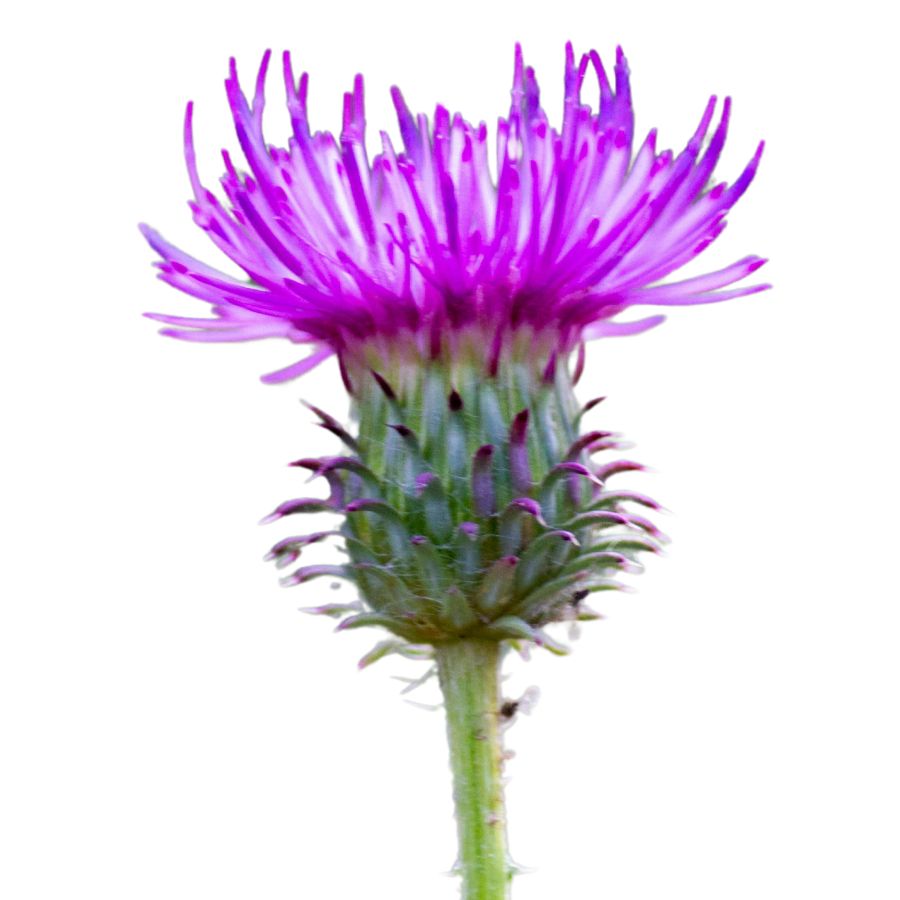
Beneath their prickly exterior, thistles hide a surprisingly delicious food source. The thick, fleshy stalks taste somewhat like celery but with a unique nutty flavor when peeled.
Most people walk past these plants, seeing only their defensive spines rather than the tasty treat within.
Only the peeled stalks are edible – the spines and fuzzy parts must be removed. Wear thick gloves to protect your hands during harvest.
The best time to collect thistle stalks is before the plant flowers, when they’re still tender.
To identify edible thistles, look for the characteristic spiny leaves and purple or pink flower heads. Many Cirsium species are edible, with Bull Thistle and Canada Thistle being common finds.
Thistles grow abundantly in disturbed soils, making them easy to find in fields and along trails.
Field Pennycress (Thlaspi arvense)
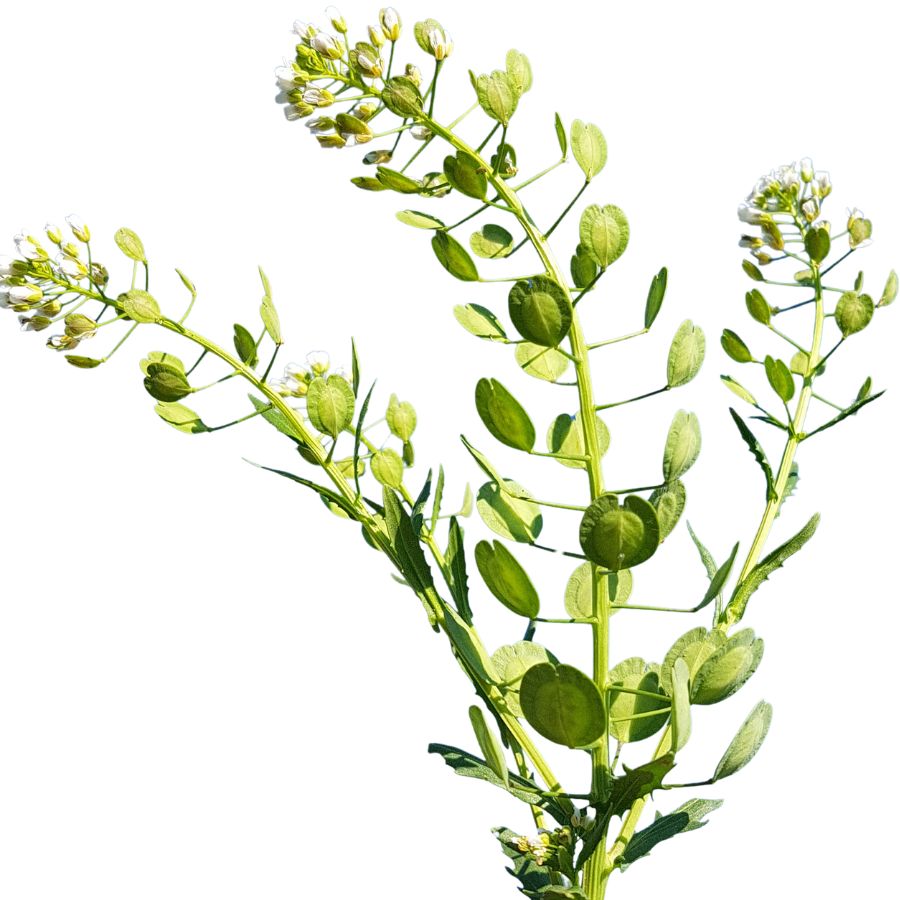
The flat, round seedpods of field pennycress resemble old-fashioned pennies, giving this plant its common name. Found throughout fields and roadsides, this mustard family member grows from a small rosette of leaves.
The straight stem reaches up to 2 feet tall with small white flowers that grow in clusters.
What makes pennycress special is its multiple edible parts. The young leaves offer a peppery kick to salads, while the seedpods can be dried and ground as a spice.
Proper identification relies on spotting the circular, flat seedpods with a notch at the top. Don’t confuse it with shepherd’s purse, which has heart-shaped seedpods.
Pennycress contains compounds that give it a strong flavor, so use it sparingly when first trying it. Many foragers appreciate pennycress for adding zest to bland winter meals.
The plant grows in many soil types, making it a reliable find for hungry foragers.
Wild Mustard Greens (Sinapis arvensis)
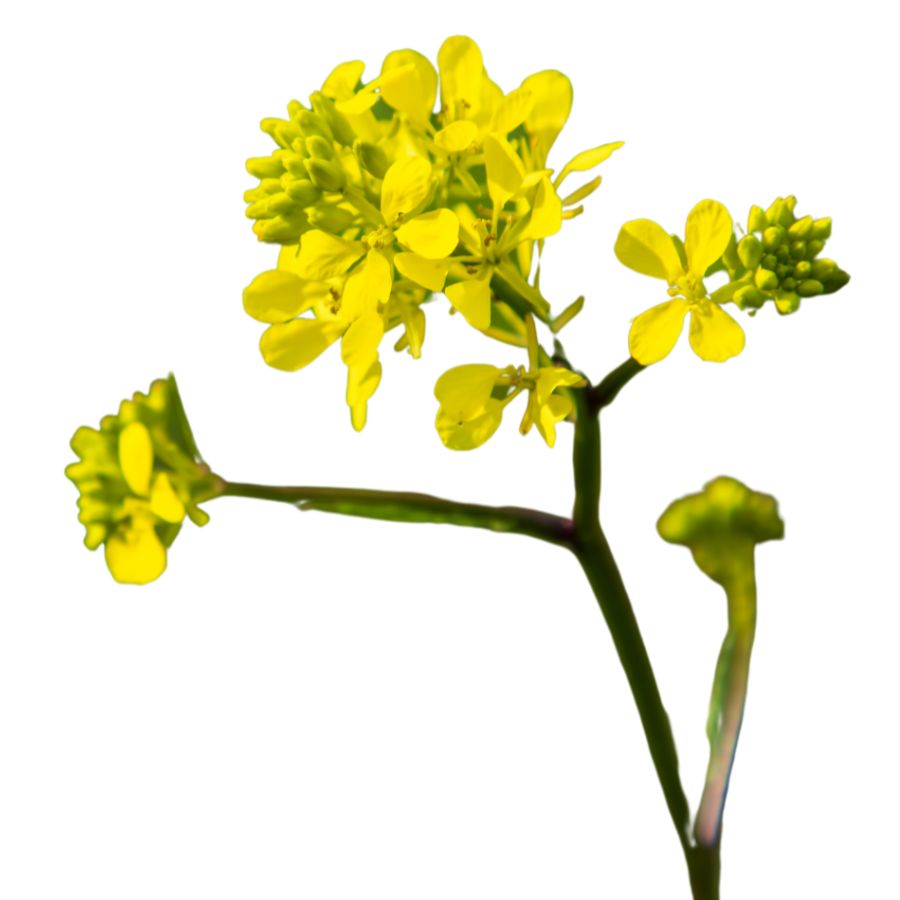
Golden patches of wild mustard brighten fields and roadsides each spring. The four-petaled yellow flowers grow on plants with lobed leaves that become smaller toward the top. When crushed, the leaves release a sharp, peppery smell that hints at their flavor.
Wild mustard packs impressive nutrition, offering high amounts of vitamins A, C, and K. The young leaves make zingy additions to sandwiches and salads.
Mature leaves can be cooked like spinach to reduce their sharpness. Even the flower buds can be pickled or cooked like tiny broccoli heads.
Harvest wild mustard greens before the plant flowers for the mildest flavor. The entire plant is edible, including stems, flowers, and seedpods.
To avoid confusion with similar plants, check for the cross-shaped flowers and the unique seed pods that form later.
Staghorn Sumac (Rhus typhina)
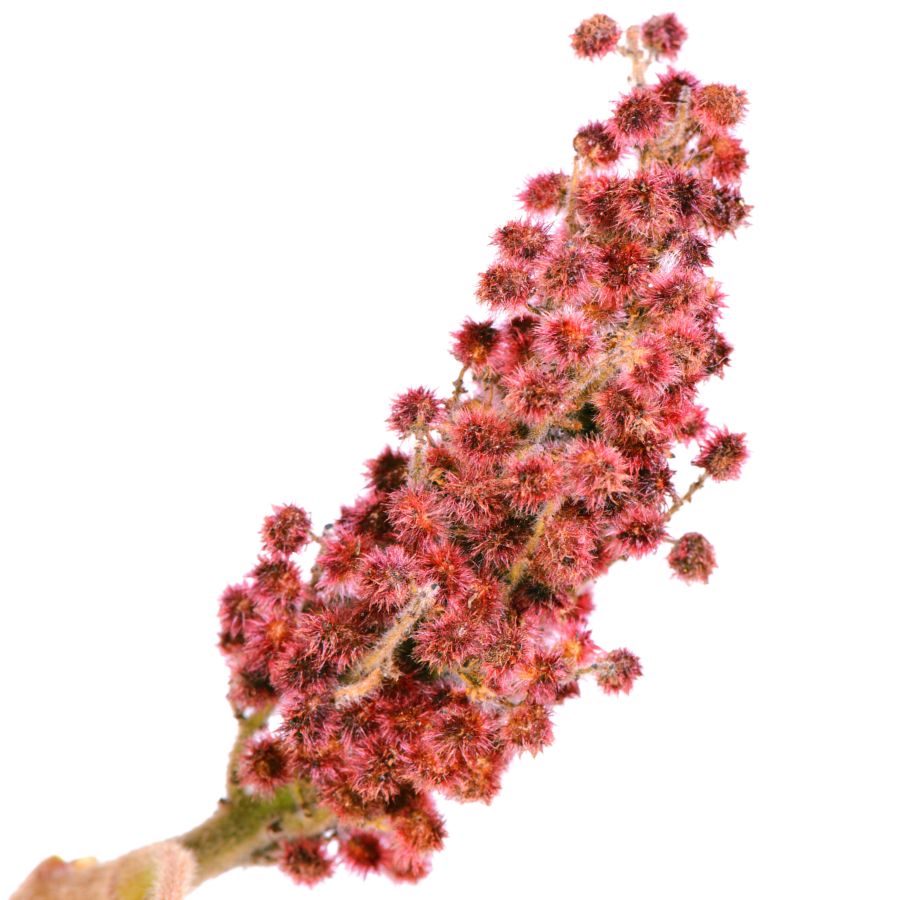
The edible part of staghorn sumac is the hairy, red fruit cluster that forms a cone shape at the tip of its branches. These clusters are packed with malic acid, giving them a tart flavor that’s perfect for making infused drinks.
Some people confuse it with poison sumac, but poison sumac has drooping white berries and lacks the fuzzy stems of staghorn sumac. That visual difference is critical when deciding what’s safe to forage.
After soaking the berry clusters in water, strain the result through a cloth or coffee filter to remove the irritating surface hairs. The liquid has a lemony bite that pairs well with honey or mint.
You can also dry the clusters and grind them into a reddish powder used like sumac spice in Middle Eastern dishes. Stick to the fruit only—none of the other parts are edible.
Shepherd’s Purse (Capsella bursa-pastoris)
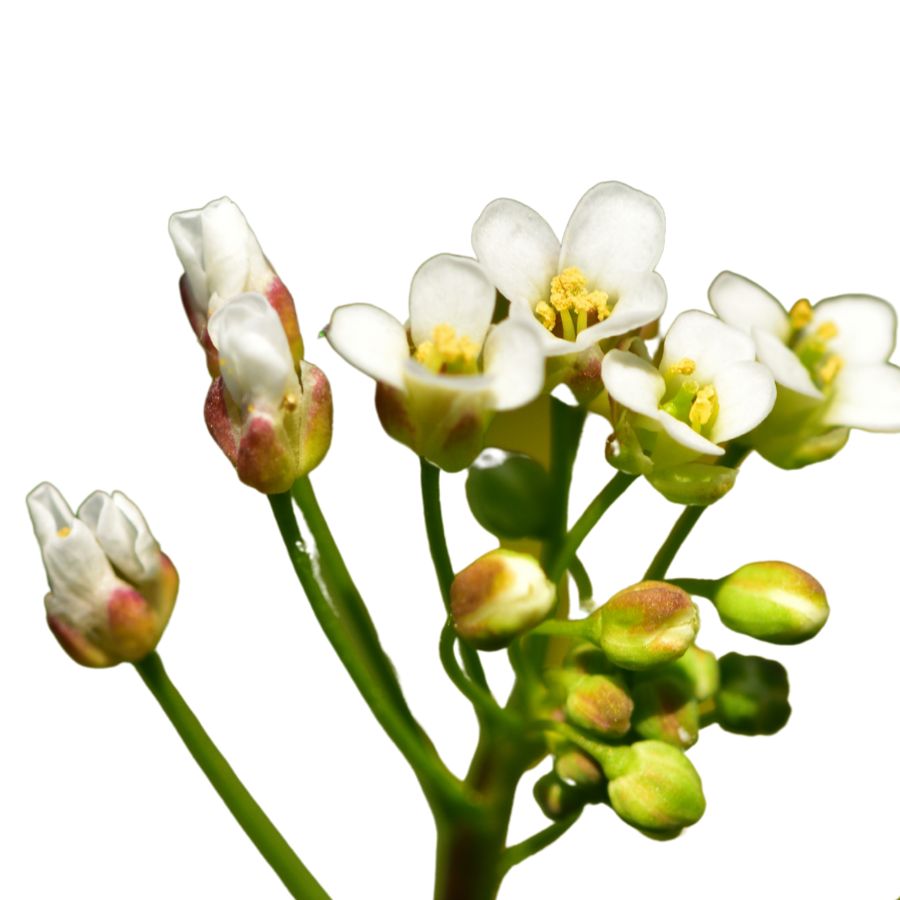
Shepherd’s purse grows low to the ground with small white flowers and flat, heart-shaped seed pods that hang beneath the leaves. You can eat the young leaves raw or cooked, but the seed pods have a spicier kick.
Some people mistake it for field pennycress, but pennycress has rounder seed pods and a more pungent smell. The leaves of shepherd’s purse are deeply lobed and often resemble dandelion leaves in shape.
Its flavor is mild and peppery, like a cross between mustard greens and arugula. You can toss the fresh leaves into salads or sauté them with garlic and oil.
The older leaves turn bitter and tough, so it’s better to use them early. Avoid harvesting near roadsides or disturbed soils, as the plant can pull up contaminants.
Where to Find Valuable Forageables in the State
Some parts of the state are better than others when it comes to finding valuable wild plants and mushrooms. Here are the different places where you’re most likely to have luck:
| Forageable (Latin Name) | Specific Locations |
|---|---|
| Cattail Pollen (Typha latifolia) | – Lake Alvin Recreation Area – Oakwood Lakes State Park – Newton Hills State Park |
| Chicken of the Woods (Laetiporus sulphureus) | – Sica Hollow State Park – Union Grove State Park – Lake Herman State Park |
| Oyster Mushrooms (Pleurotus ostreatus) | – Lake Poinsett Recreation Area – Adams Homestead and Nature Preserve – Spirit Mound Historic Prairie |
| Jerusalem Artichokes (Helianthus tuberosus) | – Pelican Lake Recreation Area – Good Earth State Park at Blood Run – LaFramboise Island Nature Area |
| Groundnut (Apios americana) | – Lake Thompson Recreation Area – Lake Vermillion Recreation Area – Farm Island Recreation Area |
| Wild Salsify (Tragopogon dubius) | – Hartford Beach State Park – Big Sioux Recreation Area – Lake Louise Recreation Area |
| Puffball Mushrooms (Calvatia spp.) | – Roy Lake State Park – Springfield Recreation Area – Chief White Crane Recreation Area |
| Wild Bergamot (Monarda fistulosa) | – Snake Creek Recreation Area – Union County State Park – Fisher Grove State Park |
| Meadow Garlic (Allium canadense) | – Pickerel Lake Recreation Area – Lake Cochrane Recreation Area – Lake Hiddenwood Recreation Area |
| Common Milkweed (Asclepias syriaca) | – Llewellyn Johns Recreation Area – Rocky Point Recreation Area – West Whitlock Recreation Area |
| Indian Breadroot (Psoralea esculenta) | – Pease Creek Recreation Area – Buryanek Recreation Area – Shadehill Recreation Area |
| Wild Grape Leaves (Vitis riparia) | – Angostura Recreation Area – Lake Sharpe near Big Bend Dam – North Point Recreation Area |
| Cup Plant (Silphium perfoliatum) | – Lake Andes Wildlife Area – Lake Alvin near Harrisburg – Oakwood Bottoms near Bruce |
| Lamb’s Quarters (Chenopodium album) | – Lewis and Clark Recreation Area – Beaver Creek Nature Area – Lake Hendricks Area |
| Curly Dock (Rumex crispus) | – Sand Lake National Wildlife Refuge – Walker’s Point Recreation Area – Lake Preston area |
| Young Thistle Stalks (Cirsium spp.) | – Snake Creek State Recreation Area – Lake Mitchell area – Union County prairie edges |
| Field Pennycress (Thlaspi arvense) | – Spirit Lake area near De Smet – Buffalo Slough near Montrose – Split Rock Creek State Park |
| Wild Mustard Greens (Sinapis arvensis) | – Lake Campbell area – Wessington Springs grasslands – Lake Alice Wildlife Area |
| Staghorn Sumac (Rhus typhina) | – Lake Oahe shoreline areas – Cow Creek Recreation Area – Newton Hills forest edges |
| Shepherd’s Purse (Capsella bursa-pastoris) | – Lake Whitewood marsh edges – Skyline Wilderness Area in Rapid City – Lake Pelican edges near Watertown |
When to Forage for Maximum Value
Every valuable wild plant or mushroom has its season. Here’s a look at the best times for harvest:
| Plants | Valuable Parts | Best Harvest Season |
|---|---|---|
| Cattail (Typha latifolia) | Pollen, young shoots, rhizomes | Shoots: April – May, Pollen: June – July, Rhizomes: October |
| Chicken of the Woods (Laetiporus sulphureus) | Fruiting bodies | June – September |
| Oyster Mushrooms (Pleurotus ostreatus) | Fruiting bodies | April – May, September – October |
| Jerusalem Artichokes (Helianthus tuberosus) | Tubers | October – November |
| Groundnut (Apios americana) | Tubers | September – November |
| Wild Salsify (Tragopogon dubius) | Taproot, young flower stalks | Roots: October, Stalks: May – June |
| Puffball Mushrooms (Calvatia spp.) | Fruiting bodies (when interior is white) | August – October |
| Wild Bergamot (Monarda fistulosa) | Flowers, young leaves | Leaves: June – July, Flowers: July – August |
| Meadow Garlic (Allium canadense) | Bulbs, young greens | Greens: April – May, Bulbs: June – July |
| Common Milkweed (Asclepias syriaca) | Young shoots, flower buds, immature pods | Shoots: May, Buds and pods: June – July |
| Indian Breadroot (Psoralea esculenta) | Tuberous roots | June – July |
| Wild Grape (Vitis riparia) | Leaves, ripe grapes | Leaves: May – June, Grapes: August – September |
| Cup Plant (Silphium perfoliatum) | Young shoots | May – early June |
| Lamb’s Quarters (Chenopodium album) | Young leaves, seeds | Leaves: May – July, Seeds: August – September |
| Curly Dock (Rumex crispus) | Young leaves, seeds | Leaves: April – May, Seeds: August |
| Young Thistle (Cirsium spp.) | Peeled stalks, roots | Stalks: May – June, Roots: October |
| Field Pennycress (Thlaspi arvense) | Young leaves, seeds | Leaves: April – May, Seeds: June – July |
| Wild Mustard (Sinapis arvensis) | Tender greens, flower buds, seeds | Greens: April – May, Seeds: June – July |
| Staghorn Sumac (Rhus typhina) | Berry clusters | July – August |
| Shepherd’s Purse (Capsella bursa-pastoris) | Young leaves, seed pods | Leaves: April – May, Pods: May – June |
One Final Disclaimer
The information provided in this article is for general informational and educational purposes only. Foraging for wild plants and mushrooms involves inherent risks. Some wild plants and mushrooms are toxic and can be easily mistaken for edible varieties.
Before ingesting anything, it should be identified with 100% certainty as edible by someone qualified and experienced in mushroom and plant identification, such as a professional mycologist or an expert forager. Misidentification can lead to serious illness or death.
All mushrooms and plants have the potential to cause severe adverse reactions in certain individuals, even death. If you are consuming foraged items, it is crucial to cook them thoroughly and properly and only eat a small portion to test for personal tolerance. Some people may have allergies or sensitivities to specific mushrooms and plants, even if they are considered safe for others.
Foraged items should always be fully cooked with proper instructions to ensure they are safe to eat. Many wild mushrooms and plants contain toxins and compounds that can be harmful if ingested.

